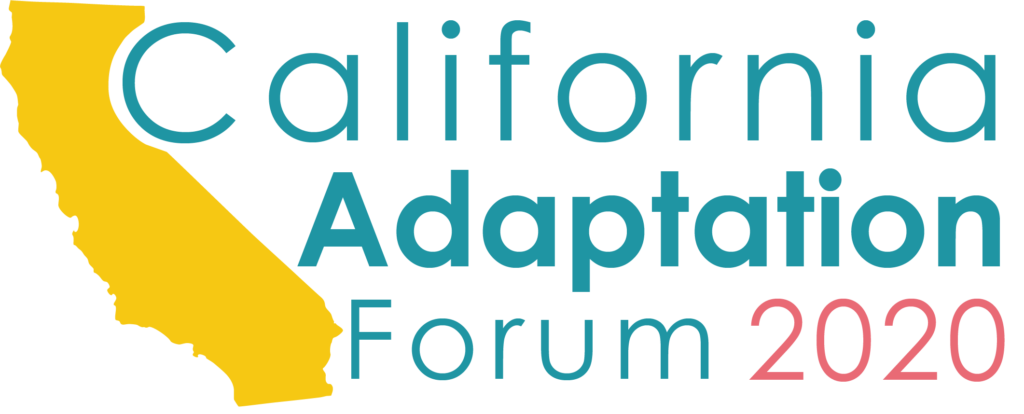Introduction
The field of climate adaptation and resiliency has been developing in leaps and bounds over the past decade supported by serious research and the development of new and novel applications. Like most new technical areas, the efforts have been defined by fits and starts, with various methods identified, tested, refined and then either carried forward or discarded. Much research has been conducted and a few have even provided useful insights for practitioners on how to consider climate adaptation in investment decision making.
Many of the methods applied to date at the community level are co-opted from other technical areas such as environmental impact analysis. Definitions of key underlying concepts that help define potential impacts have been adopted from such areas, incorrectly, to outline potential climate change impacts to broader communities and to infrastructure systems. The three most common terms applied to climate adaption planning and analysis will not be mentioned here, partially to break the cycle of continued misuse. They exist as precedent, repeated almost continuously in adaptation studies around the U.S. and contribute little to the quantification of climate change risk.
Many examples exist of assembling a panel of knowledgeable individuals and professionals to discuss how change may impact a community – an important first step toward developing the basic understanding of long-term risk. But too often the efforts have yielded little in the way of action – in part because little effort was made to quantify the implications of change. Potential outcomes remain too opaque for action; and the message relayed to important stakeholders – like community members and elected officials – is not defined well enough to generate interest and a sense of immediacy or a need for change. Risk is not expressed quantitatively, in acreage, people or dollars (immediate cost or broader economic costs), the values that are often the most desired by decision makers, best understood and commonly applied to drive action.
One of the most pertinent lessons from climate adaptation studies of the past few years is that quality and credible data, and associated assessment methods are needed to define and quantify potential risks to natural systems, communities or infrastructure. Data has been generated and applied by state agencies and research institutions to understand the long-term risks of climate change to California communities. However, much of this data is focused on future climate hazards (such as what is the expected average rainfall in 2085?). It is time to develop the data through critical research that will provide the information needed for effective assessments, in other words, how do we use the climate projections to better understand the local impacts and risks to our communities and supporting infrastructure?
Moving Forward Based on Best Practices
Over the past four to five years, many federal agencies have developed methods to quantify risk using applicable data. It is time for practitioners in California to build upon these methods and develop the data and analysis tools to support climate adaptation and resiliency planning. An example is Federal Highway Administration’s work toward the development of its Adaptation Decision-making and Assessment Process methodological framework, developing the methods and data required for effective decisions when considering climate change. Such a method is a good basis for the application of similar tools in California.
California, through its academic institutions, has research underway that can help to better understand future changing climate conditions – and how parameters around uncertainties can be established. There should also be a focus in developing information that enables a quantification of the implication of change/damage and loss, given that this information is critical to effective decisions. This effort would require coordination across multiple agencies, including cross-fertilization of ideas and concerns and a better definition of what may cause the impacts that will need to be mitigated.
Data Needs
The focus of data efforts should include a fuller understanding of the vulnerabilities of natural systems, communities and infrastructure to changing climate conditions. Such information is needed to support decisions that are required of climate adaptation.
This effort requires more/better data to enable such work, including (as examples):
- Elevation data – high quality topographic information does not exist statewide in California.
- Exposure/stressor data – those areas that are at risk, or can be impacted by all things that California has seen or is expecting to see, including:
- Higher temperatures
- Higher water levels (coastal, riverine, reservoir, etc.)
- Wildfire potential and long-term change
- Landslide potential during rain event and/or after wildfire burns
- Community/asset data – a full accounting of asset data (homes, schools, businesses, electrical infrastructure, water systems, transportation systems), including information on how they may be impacted (elevation of electrical systems, etc.) for different climate hazards.
Efforts are underway currently utilizing and/or building these data elements and tools to help guide decisions, including for statewide Caltrans projects. . These methods are innovative and help guide decisions, but the generation of this information requires time and resources that are inefficient to generate across a state as large as California and for as many purposes as it is needed. Research resources should be devoted to generating this data in efficient and economical ways to facilitate better decisions across the state, usable for different applications and analysis.
Risk Quantification
The true crux of resiliency analysis is found in defining the consequences of events, and fully understanding how changing conditions may impact people and communities over time. In California, this includes defining the broader community / economic cost of recent wildfire events, or landslides, or the results of heavy rains – or lack of rain – on communities, on how things function. California, for better or worse, is the perfect location for analyzing these broader costs and describing them in their most basic terms – but this accounting needs to extend well beyond property loss or damage and should include such things as loss of service, constrained access, or business closures and loss of income for hourly workers. Identifying data and analysis methods for valuing such impacts and using them as a part of the adaptation investment dialogue would be very helpful in the continuing challenge of preparing California for future climate challenges.
Climate risk should be, but is not, a primary point of dialogue in any capital investment, especially in geographic areas where high probabilities exist of future exposure to more extreme climatic conditions. Most, if not all, of the information used to assess risks is based on data that looks backwards in time, at past experiences. Practitioners must transition from historians to futurists in how assessments are completed, recognizing that the future is a fuzzy crystal ball, but that development and investment decisions made today may be exposed to changing future conditions 10, 20 50 or 100 years from now. A full risk assessment on the implications of change on communities and investments should be a requirement for all projects. California, as a center of data and technology, is the right place to further develop the data and technical methods that enable quantification of the long-term risks of climate change. It is a challenge that the rest of the country faces as well, and as has been true in many others areas, and California can lead the way!
 |
Michael Flood is the National Resiliency Lead for WSP and works with a team of adaptation professionals. Mr. Flood has led most of the firm’s national projects focused on determining the risks of extreme weather and climate change on communities, and the development of planning and design strategies for addressing those risks. This work has included work assessing potential impacts to facilities and communities in southeast and western Florida, Massachusetts, New York, Alabama, Maryland, Minnesota, Alaska, Washington and California among others. The focus of Mike’s recent work has been the development of methods, tools and strategies to help agencies and stakeholders make effective capital investment decisions in adaptation to climate change and extreme weather risks through development of decision-making tools and prioritization processes. This work has involved recent work on developing benefit-cost assessments of resiliency projects nationwide, work defining risks and responses to a variety of climate concerns, and the conduct of training seminars on resiliency strategies focused on helping agencies make effective decisions. |

